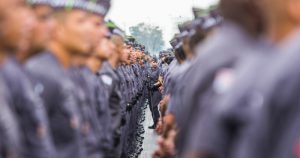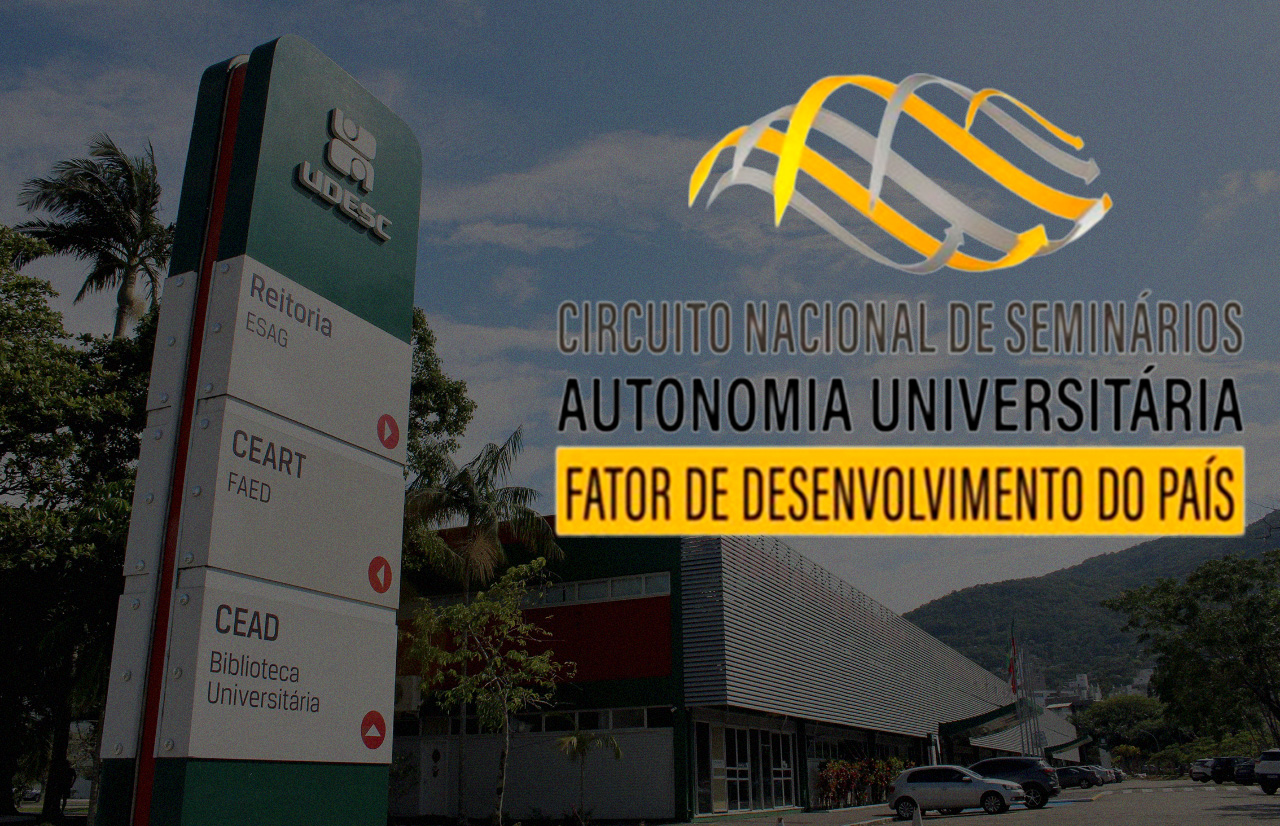
.
A drone designed by undergraduate students from various courses at the School of Engineering of São Carlos (EESC) of USP and members of Grupo Semear – Soluções em Engenharia Mecatrônica e Aplicação em Robótica – stood out during the International Micro Air Vehicles Conference and Competition (Imav), the largest international competition and conference in the field of drones and unmanned aerial vehicles. The event took place between September 16th and 20th at the University of Bristol, in the UK. The project was awarded the prize for the most autonomous drone in the competition and came 3rd in the indoor category.
This year, the competition’s theme was environmental preservation, challenging participants to apply unmanned aerial vehicle (Vants) technologies to monitor and protect biodiversity. The drone developed by the Brazilian team, which took part in the competition for the first time, is called Harpia. It is designed to navigate autonomously in closed environments without the aid of GPS, using sensors and artificial intelligence.
“In the area of sensing, visual odometry stands out, which consists of using cameras and computer vision algorithms to map the environment around the vehicle, so that the equipment is able to guide itself during its autonomous activities,” explains Vitor Garcia Ribeiro, a student of Mechatronics Engineering at EESC and director of the Aerial Robotics Center from Grupo Semear.
For the student, the system worked as planned, and Harpia was able to travel and identify visual clues of different animals in a circuit, as proposed in the challenge. “The equipment responded very well, it exceeded our expectations, and we were able to not only to come third place in the category, but also to proudly win the award for ‘Most autonomous drone in the competition’,” celebrates Ribeiro.

.
International attention
The group also took the Carcará drone to Imav, designed with the main purpose of carrying out outdoor mapping flights. “The equipment was made with aluminum and carbon fiber in its structure, it has powerful cameras and two GPS for navigation, in addition to other embedded technologies, which allow it to map preservation areas and identify animals using artificial intelligence,” explains Ribeiro.
The Carcará competed in the outdoor category of the competition and came out in 6th place. “It was another reason to celebrate and to be rewarded for the effort, dedication, and learning over the last 12 months,” says the EESC student.
The drone projects presented at the event were developed under the leadership of Marcelo Becker, a professor in the Mechanical Engineering Department at EESC, leader of the Mobile Robotics Group at SEM-EESC-USP, and coordinator and member of the Board of Directors of Centro de Robótica de São Carlos (CRob-SC). The projects were also sponsored by Grupo Semear, Professor Glauco Caurin, and Latam Airlines.

.
With the satisfactory results achieved in the competition, the group believes it has attracted international attention to the robotics projects developed at the university. “We were able to bring recognition to Brazilian engineering and, above all, to the excellence of our School. We hope that with this initiative we can further develop the area of robotics and drones on campus, and make it possible to take part in other events like this, as well as broaden our contact with professionals and teams from all over the world, which is very fulfilling,” says Ribeiro.
The next step for the group of students is to carry out extensive documentation of everything that was implemented in the competition. In addition, they are now completely focused on the Brazilian Robotics Competition (CBR), which takes place in November.
“We hope that our performance reflects what we have achieved internationally. It will be another opportunity to be exposed to real engineering challenges, whether on a scale or not, which will prepare us for the job market,” concludes the student.
Text: EESC Communications Department









































